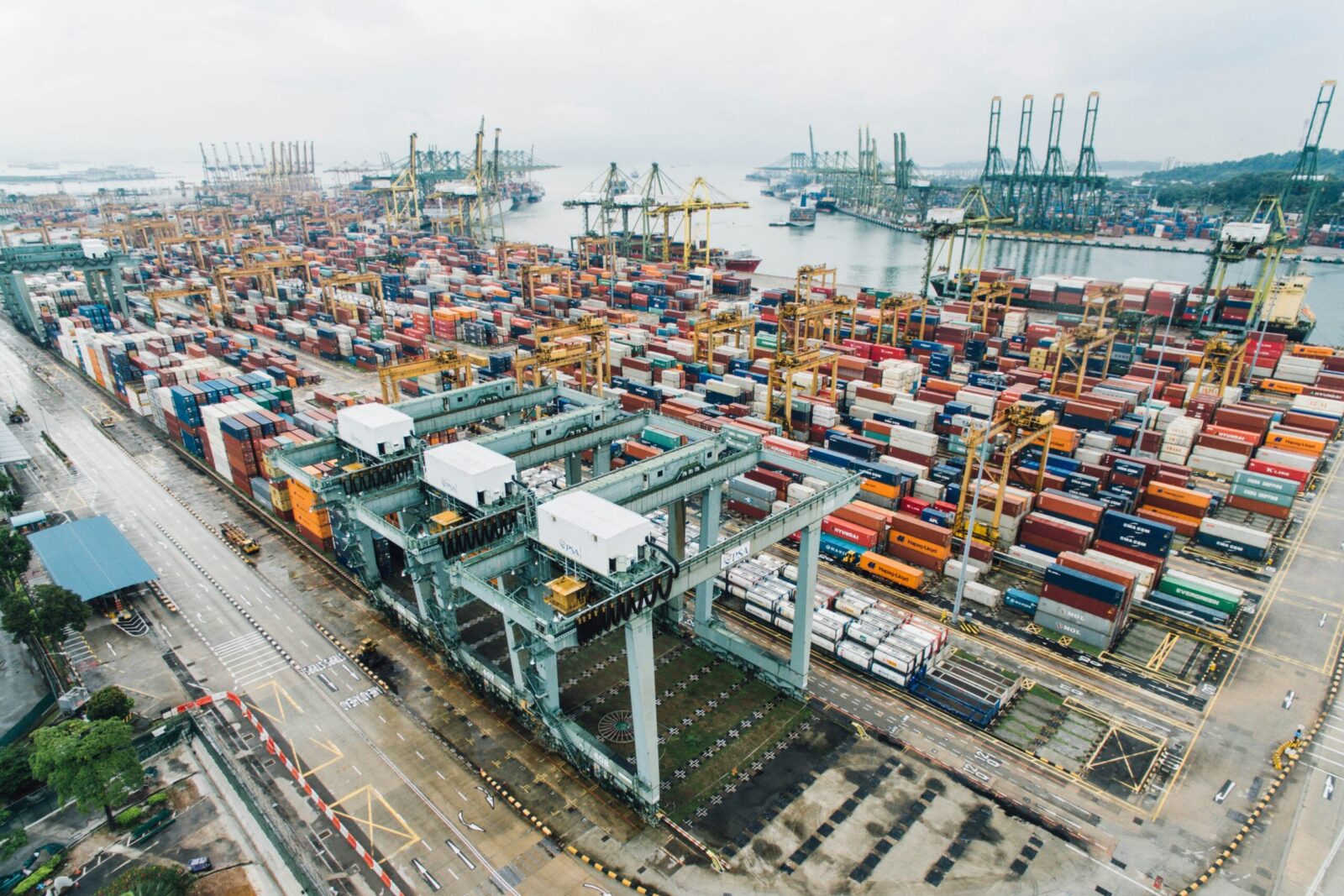
How to Optimize Supply Chain Management?
Introduction Today’s complex and turbulent business environment requires effective supply chain risk management. As global supply networks become more intertwined,...

Get 20€ off on your first order!
Supply chain optimization streamlines production and distribution, improving quality and reducing costs. Use these 5 ways to optimize your chain immediately. Global supply systems are under stress and are changing, making supply chain management harder and harder. The demand to optimize has never been greater, and careful supply chain management is essential.
Let’s look at:
Before we discuss optimization, it helps to have a clear understanding of the process companies employ to turn raw materials into salable products.
Supply chain management (SCM) refers to the practices and techniques used for:
Some examples of modern supply chain management activities include:
The main objectives for optimizing supply chain design are to:
Supply chain optimization ensures that companies that produce and distribute goods maintain a competitive advantage. One issue is supply chain management which is both costly and inefficient. It is also more susceptible to business risks like shortages of inventory, fraud by suppliers, delays in production, and quality issues.

/package

/package

/package

/package

/package

/package

/package

/package

/piece

/package

/package

/package

/package

/package

/package

/pair

/package

/pair

/package

/package

/package

/package

/pair

/package

/package

/package

/package

/piece
Developing supply chain procedures that are incredibly efficient has numerous advantages for companies.
Reducing information silos: Supply chain management (SCM) is a part of the larger ecosystem of a company. When there exist information silos, supply chain management is less effective and more vulnerable to issues. Conversely, a well-thought-out supply chain strategy gives all parties information to enable them to fulfill their obligations effectively.
Facilitating accurate planning: Proper supply chain planning requires a company’s ability to think ahead. By developing a clear, transparent plan and granting free access to all pertinent data, supply chain teams may enhance decision-making Teams are better able to react quickly and accurately to unforeseen problems and implement solutions when supply chain procedures are optimized.
Risk reduction: A lot of modern supply chain optimization strategies reduce or completely remove business risks such as supply chain disruptions, production hold-ups, delivery exceptions, and data breaches. High-risk problems are less common because effective supply chain optimization establishes a framework for vendor assessment, due diligence, and tracking.
Various supply chain management (SCM) strategies can be employed based on the objectives and characteristics of the company. Even though every business is unique and employs a somewhat different strategy, all supply chain operations have a few essential characteristics:
Fine-grained supply chain visibility: When a business adheres to a precise supply chain management protocol, its stakeholders can see exactly what is planned and produced in real-time. Stakeholder cooperation and data transparency are enhanced by this.
Order management: Since customer orders are the source of all revenue, supply chain managers need to keep a careful eye on them. A well-considered supply chain management strategy should include order administration, monitoring, fulfillment, and purchasing. When you employ tools to meet their expectations and improve the customer experience, customers feel more safe and devoted.
Inventory control: The effective management of resources, suppliers, and finished items is one of the most important aspects of supply chain management. Thus, a first-class SCM function will include sophisticated, technologically enabled methods for monitoring and maintaining inventory levels to guarantee operational efficiency.
Analysis and reporting: All other optimization strategies are built upon the efficient utilization of data. A highly optimized supply chain will use benchmarking, historical and present internal data, trend reporting, and external data to provide the most precise and thorough planning available. Understanding supply chain data can help you reduce risk and achieve better outcomes, even if no company is perfect.
Sustainability: Impact-focused supply chain management has received a lot of attention from the industry in the last several years. Departments can increase their bandwidth through supply chain optimization, ensuring sustainability in end-to-end supply functions. This can lead to improved business outcomes overall and increased brand loyalty from customers who view sustainability as a requirement for a positive customer experience.
Supply chain optimization can significantly increase the output and distribution of commodities while changing every aspect of the product life cycle.
Companies who optimize their supply chain stand to gain a great deal:
1. Improved operations, lower operating costs, more frugal operating expenditures, etc., can all lead to higher profitability.
2. Due to more effective spending management including better-negotiated prices for raw goods and materials and improved quality they see increased profitability.
3. Because of better delivery schedules, more accurate timetables, and fewer problems there are creation of more items.
4. For financial alignment better department alignment is required. Joint approval is also needed for ordering, manufacturing, and distribution.
5. They can change with the times because they are prepared to work together. and they take calculated risks when making judgments.
6. Better supplier performance is attained in terms of upstream and downstream supplier relationships, best-price agreements for the purchase and delivery of goods, and more robust evaluation procedures.
7. They are better at estimating consumer demand, production lead times, inventory control, transportation expenses, and other areas of planning.
There are several strategies you may use to improve the efficiency of your supply chain. Here are five quick and easy methods that are effective:
Thank you! You've signed up for our newsletter.



















Introduction Today’s complex and turbulent business environment requires effective supply chain risk management. As global supply networks become more intertwined,...

Lean logistics applies lean management to supply chain performance. Lean Logistics eliminates non-value-added procedures to improve commodity flow and cut...

Introduction Rapid technical breakthroughs and changing market conditions are shaping supply chain management. Businesses must adapt to these changes to...

Introduction Today’s complex and turbulent business environment requires effective supply chain risk management. As global supply networks become more intertwined,...

Lean logistics applies lean management to supply chain performance. Lean Logistics eliminates non-value-added procedures to improve commodity flow and cut...

Introduction Rapid technical breakthroughs and changing market conditions are shaping supply chain management. Businesses must adapt to these changes to...
Get 10€ off on your first order!
Save 30% by buying directly from brands, and get an extra 10€ off orders over €100
Save 30% by buying directly form brands, and get an extra 10€ off orders over €100